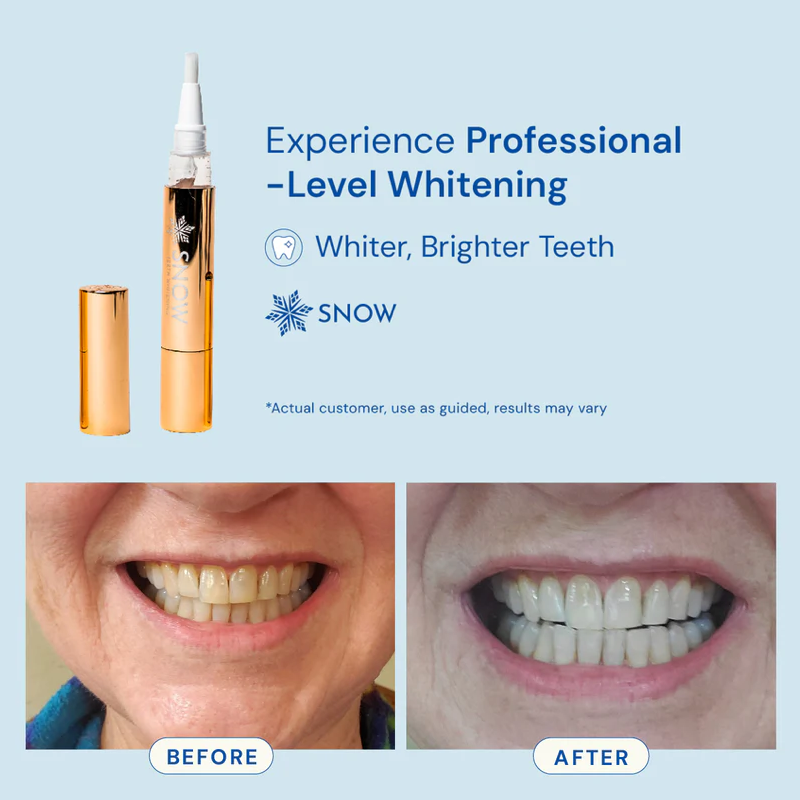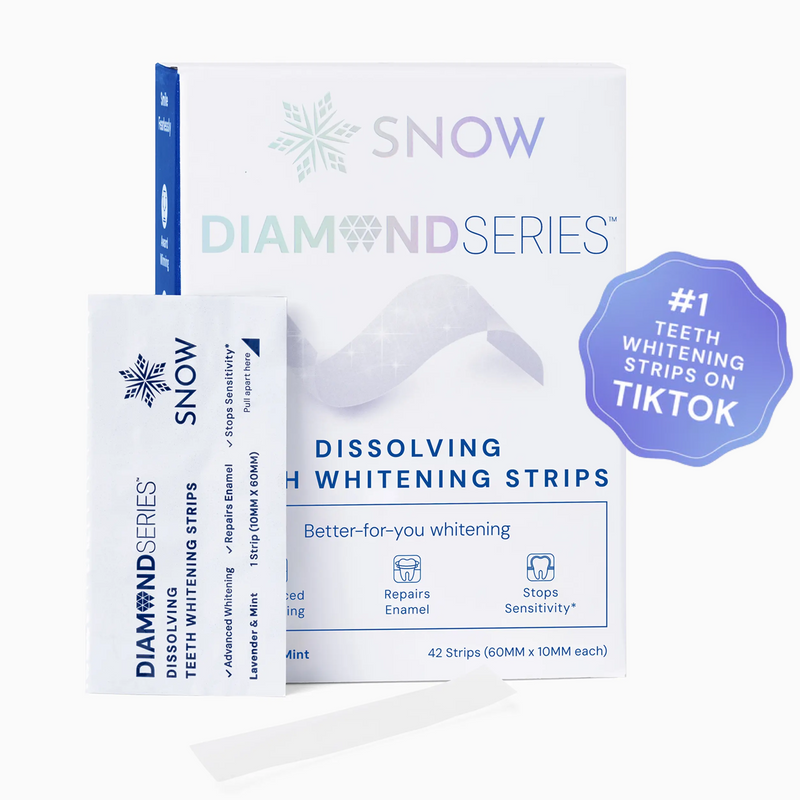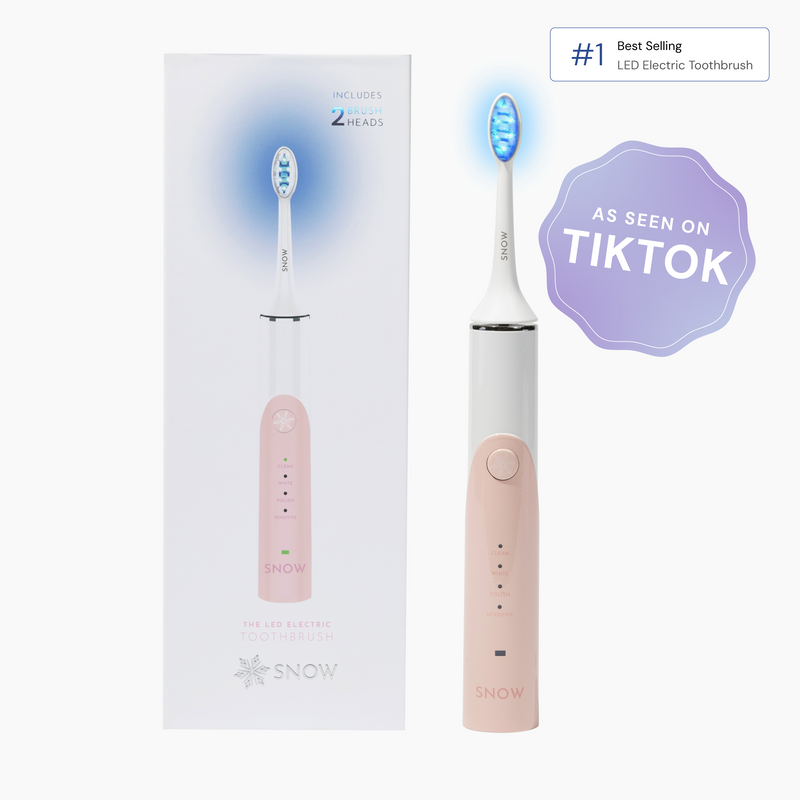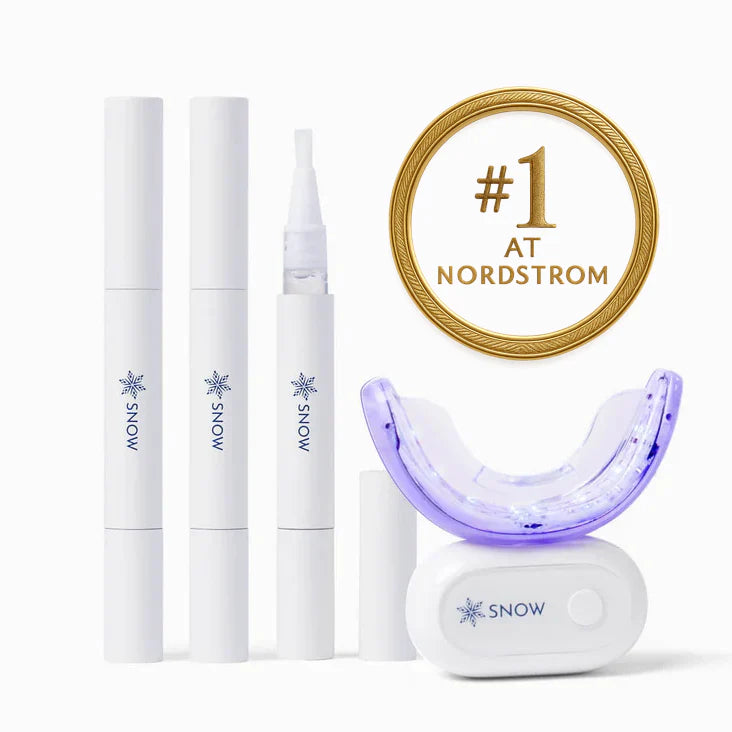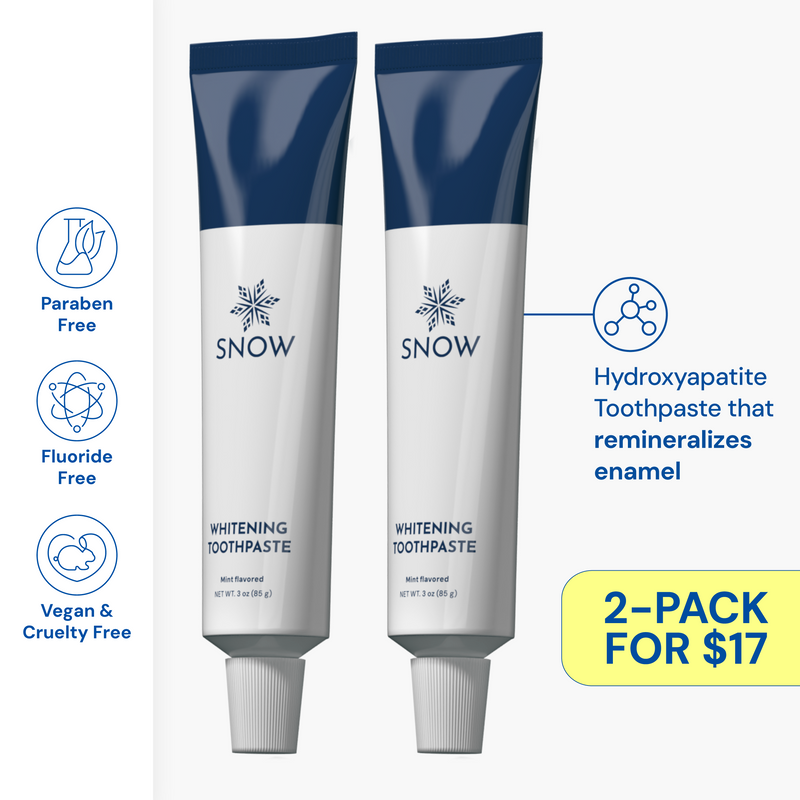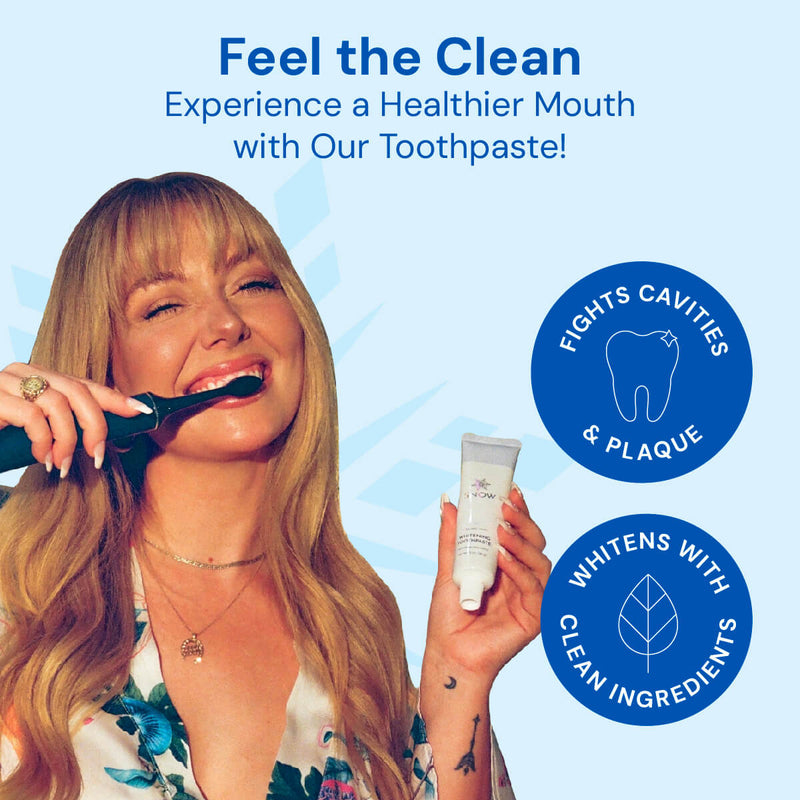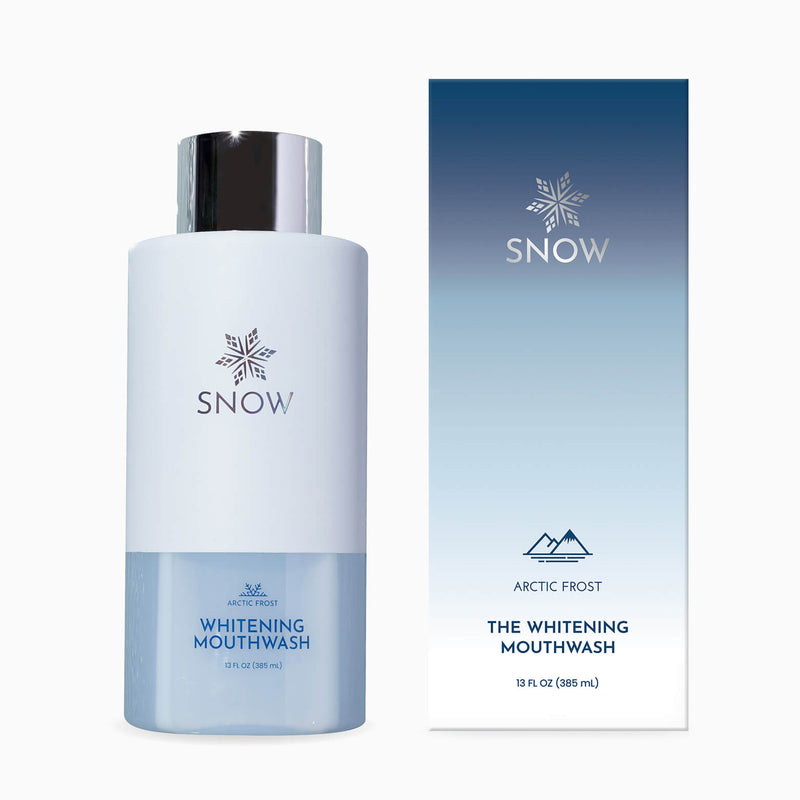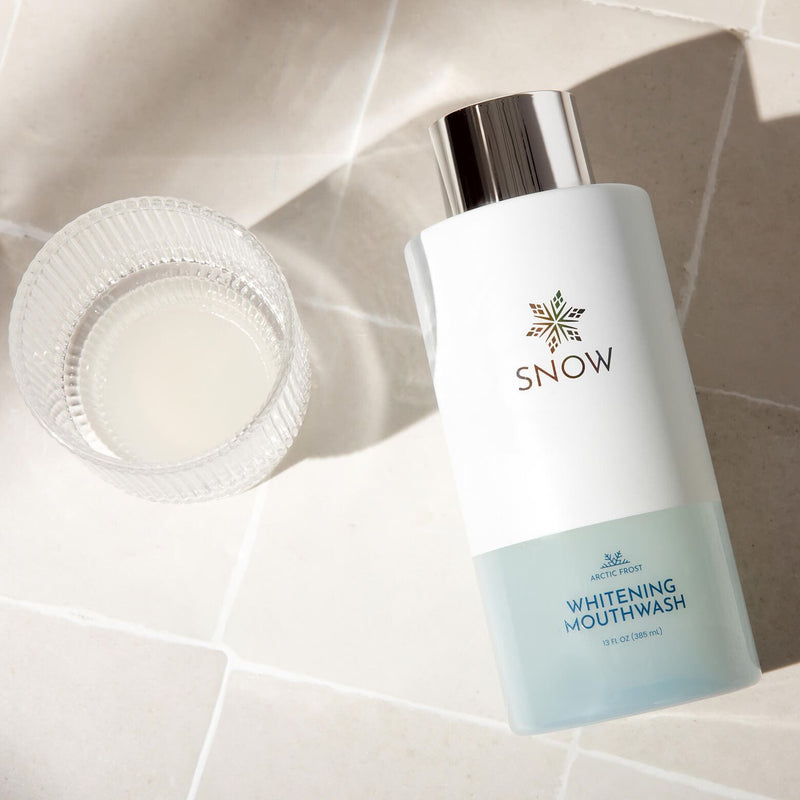Wondering if coconut oil is good for teeth whitening? This article explores whether coconut oil and oil pulling can truly whiten teeth or support oral health. Many believe it naturally brightens smiles, but a 2020 in vitro study found no improvement in shade after 14 days of use, unlike hydrogen peroxide treatments. While coconut oil may reduce plaque, it’s not a proven teeth whitening method. Read on for evidence-based insights, pros, cons, and safe alternatives for a brighter, healthier smile.
Key Takeaways
-
Coconut oil pulling may promote oral health by reducing harmful bacteria and plaque, but lacks scientific evidence for its effectiveness in teeth whitening.
-
The American Dental Association does not endorse coconut oil pulling as a whitening method and recommends proven treatments, such as hydrogen peroxide, for significant results.
-
While coconut oil offers some oral health benefits, it’s essential to maintain traditional hygiene practices and consult professionals for effective teeth-whitening options.
Understanding Coconut Oil Pulling

Coconut oil pulling is an ancient oral hygiene practice that originated in India over 2,500 years ago. Rooted in Ayurveda, it was traditionally used to support overall health by “pulling” toxins from the body through the mouth. Today, it’s often seen as one of many natural remedies for improving oral health.
The process is simple. It involves swishing coconut oil in your mouth for 10 to 20 minutes before spitting it out. The idea is that the oil traps harmful bacteria, helping reduce plaque and support good oral hygiene.
Coconut oil became the go-to choice because it contains lauric acid, a fatty acid known for its antimicrobial and anti-inflammatory properties. That can be helpful for your gums and breath, though results vary.
While oil pulling with coconut oil isn’t a substitute for brushing and flossing, many people use it as a gentle, natural addition to their routine. And although it's often mentioned in discussions about how to whiten your teeth or improve oral hygiene, it’s essential to separate tradition from science, which we’ll dive into next.
The Claims: Can Coconut Oil Whiten Teeth?
Many people claim that coconut oil pulling can give you a brighter smile. The idea is simple: by swishing edible oil in your mouth, you supposedly lift stains and remove bacteria. Coconut oil is a favorite because it contains lauric acid, which has natural antimicrobial properties. Many users say their teeth look whiter and their gums feel healthier after using it regularly.
But here’s what’s important. The whitening effect people see is most likely due to reduced plaque, not actual removal of deep stains. Coconut oil doesn't chemically bleach teeth like whitening products do. So if your goal is to tackle tooth discoloration, coconut oil alone won’t give you dramatic results.
Even the American Dental Association doesn’t endorse oil pulling for teeth whitening. That doesn’t mean it’s harmful. It just means the science doesn’t fully support it as a natural way to whiten teeth.
Scientific Evidence on Coconut Oil for Teeth Whitening
Let’s take a look at what real studies say about coconut oil for teeth whitening.
A 2023 clinical study on 60 women compared coconut oil pulling to a mouthwash with 1.5 percent hydrogen peroxide. Both groups showed some whitening after two weeks. However, the peroxide mouthwash produced a significantly greater color change, as indicated by ΔE1 and ΔE2 values. Coconut oil was easier on the mouth, though, with fewer reports of tooth sensitivity or soft-tissue irritation.
A 2020 in vitro study found no measurable whitening from coconut oil, even after 14 days. Only teeth treated with hydrogen peroxide became visibly brighter. So while coconut oil helps reduce surface stains by reducing bacteria, it doesn't lighten tooth enamel itself.
Another systematic review examined four randomized trials involving 182 participants. It found that coconut oil pulling can lower Streptococcus mutans levels and reduce plaque by up to 68 percent. That’s great for gum health and oral hygiene, but not a reliable method to whiten your teeth.
In short, the science shows that coconut oil may help your smile appear cleaner and your mouth stay fresher. But if you're looking for serious whitening, it isn't your best bet.
Comparing Coconut Oil to Proven Whitening Methods
If you're trying to brighten your smile, coconut oil can be a nice addition to your routine, but it's not a substitute for professional whitening. It doesn’t reach deep stains and won’t chemically alter your tooth color.
Hydrogen peroxide remains the top ingredient in teeth whitening treatments. It penetrates the enamel and chemically breaks down stains.
-
Professional whitening at the dentist can deliver fast, noticeable results in a single session. However, it can be expensive and may cause sensitivity.
-
Whitening strips are a popular over-the-counter option. When used consistently, they can lighten your teeth by 2 to 4 shades in about 20 days.
-
Natural options like baking soda or coconut oil are much gentler and come with fewer side effects. But they work slowly and may not make a big difference in tooth discoloration.
If you're interested in natural care, coconut oil pulling can support good oral hygiene and possibly make your teeth look a little cleaner. Just don’t expect it to match the results of peroxide-based products or professional treatments.
Benefits of Using Coconut Oil for Oral Health

Even though coconut oil isn't proven to dramatically whiten teeth naturally, it does offer several advantages for dental health. Its high lauric acid content gives it strong natural antimicrobial properties, which can help reduce bacteria linked to plaque, bleeding gums, and bad breath. While it may not replace whitening strips, it can still play a helpful role in your everyday oral care routine.
Here are some of the key benefits of coconut oil for your mouth:
1. Supports Gum Health
Regular oil pulling with coconut oil can reduce bacteria like Streptococcus mutans, which are known to contribute to plaque buildup and gum inflammation. This may help promote healthier gums and reduce the risk of gum disease.
2. Fights Bad Breath
Coconut oil’s antibacterial action helps lower odor-causing bacteria in the mouth. Many users report noticeably fresher breath after adding oil pulling to their morning routine.
3. May Help Reduce Tooth Discoloration
While coconut oil doesn't chemically bleach teeth, it may help gently clean the surface and reduce tooth discoloration caused by plaque and bacteria. This could contribute to a cleaner, more polished smile over time.
4. Gentle Alternative to Harsh Products
If you're looking for a more natural option free of harmful chemicals, coconut oil is a gentle addition to your oral care routine. It may not whiten teeth as well as peroxide, but it's far less irritating to sensitive mouths.
5. Anti-Inflammatory Effects
Coconut oil has anti-inflammatory properties that can help soothe irritated gums and support the healing of minor oral issues. This is especially beneficial for people dealing with early gum problems.
6. Better Tolerated Than Some Oils
While other oils, such as sesame oil, are also used in traditional oil pulling, many people prefer coconut oil for its milder taste and texture.
While the American Dental Association doesn’t endorse coconut oil pulling as a treatment for whitening or disease prevention, using it as part of a well-rounded oral care routine can still offer some mild benefits. Just remember to combine it with good brushing habits, regular dental checkups, and professional guidance if you’re also concerned about tooth discoloration.
Risks and Side Effects of Coconut Oil Pulling
Coconut oil pulling is a popular natural remedy, but like any wellness trend, it’s not entirely risk-free. If you’re planning to try it, here’s what you should know.
1. Nausea for Beginners
Some people feel queasy when they first start oil pulling. This is usually due to the texture or the idea of swishing oil in your mouth. Starting with just a teaspoon and working up slowly can help.
2. Stomach Discomfort
Swallowing coconut oil by accident can cause an upset stomach. Always spit the oil into a trash can (not the sink) after pulling and rinse your mouth well.
3. Jaw Soreness or Headaches
Swishing for 15 to 20 minutes can tire your jaw, especially at first. If that happens, shorten your sessions to 5–10 minutes and build up gradually.
4. Rare Risk of Lipoid Pneumonia
In sporadic cases, inhaling small amounts of oil during swishing has been linked to lipoid pneumonia. Avoid deep breathing or lying down while pulling.
5. Allergic Reactions
If you’re allergic to coconuts, skip this practice entirely. Watch for irritation, itching, or swelling in and around the mouth.
6. Doesn’t Replace Traditional Oral Care
Oil pulling should never replace brushing and flossing. For an immaculate and brighter smile, stick to a complete routine. If you're looking for real whitening results, SNOW’s Whitening Toothpaste or LED Whitening Kit offers clinically backed, peroxide-powered results without the guesswork.
Coconut oil pulling is generally safe for most people, mainly when used as a supplement to good oral hygiene. But if you’re after noticeable whitening or tough-stain treatment, dental professionals and brands like SNOW recommend trusted whitening systems proven to work.
Check out SNOW’s Whitening Solutions
How to Use Coconut Oil Safely
Thinking about adding coconut oil pulling to your routine? While coconut oil won’t chemically whiten your teeth, it can still support good oral hygiene by helping to reduce harmful bacteria in the oral cavity. Here’s how to do it the right way, while getting the most out of each step.
Step 1: Choose High-Quality, Organic Coconut Oil
Not all coconut oils are created equal. To get the most benefits, choose a cold-pressed, unrefined, organic variety. This type maintains the natural antimicrobial properties, especially lauric acid, which helps reduce bacterial buildup.
Step 2: Start with a Small Amount
Begin with just one teaspoon of coconut oil. This lets your mouth and jaw get used to the process without overwhelming you. As you get more comfortable, you can work your way up to a full tablespoon.
Step 3: Swish Gently, Not Forcefully
Swish the oil slowly and gently around your mouth. Aim for five to ten minutes the first few times. Swishing too hard can lead to jaw tension, headaches, or even a sore mouth. Gradually build up to 15 to 20 minutes if it feels comfortable.
Coconut oil can help clean up bacteria, but it won’t remove deep-set discoloration. If you’re looking for a fast, natural way to whiten teeth, SNOW’s Whitening Strips use safe, low-sensitivity peroxide and can brighten teeth by up to 4 shades.
Step 4: Spit It Out in the Trash, Not the Sink
When you're done, wipe the oil with a paper towel and toss it in the trash. Don’t spit it into the sink, as coconut oil can solidify and clog your pipes over time. After spitting, rinse your mouth thoroughly with warm water or a saltwater rinse.
Follow up by brushing with fluoride toothpaste to thoroughly remove any leftover oil and bacteria from your mouth. This step is key to maintaining clean teeth and fresh breath.
For best results, use SNOW's fluoride-based toothpaste, which strengthens enamel and helps prevent new stains from forming.
Step 5: Keep It Consistent But Understand Its Limits
Try to oil pull three to four times a week. Make it part of your morning routine for better gum health and a cleaner mouth. However, remember that coconut oil is not a bleaching agent. It will not chemically whiten your teeth like hydrogen peroxide does, which is what you’ll find in professional or over-the-counter whitening treatments.
To go beyond basic oral care and remove stains from food, drinks, and aging, SNOW’s full whitening system is designed to deliver noticeable results without harsh side effects.
Explore SNOW’s Complete Whitening Lineup
Other Natural Remedies for Teeth Whitening
Coconut oil isn't the only natural option people turn to. Several other at-home methods have become popular among those who want to whiten their teeth naturally without harsh chemicals.
-
Baking soda is a common choice due to its mild abrasiveness. It helps remove surface stains from enamel and is often found in natural toothpaste options.
-
Activated charcoal is believed to bind to stain-causing compounds, helping polish the teeth when used as a paste. However, there’s limited scientific evidence, and there's a risk of enamel erosion if overused.
-
Apple cider vinegar may help brighten teeth thanks to its acidity, but it must be diluted. Undiluted, it can weaken enamel and increase sensitivity.
-
Strawberries contain malic acid, which may help gently lift surface stains. Some people mash them into a paste and apply them occasionally as a DIY treatment.
-
Citrus peels are also used by some as a scrub due to their natural acidity, but again, enamel safety is a concern.
While these remedies may help a little with stain removal, none are as effective as clinically tested options. If you’re looking for a noticeable lift without the risks of acidic ingredients, SNOW’s Whitening Strips are a great natural-feeling alternative that uses enamel-safe peroxide.
Professional Teeth Whitening Options
Professional teeth whitening treatments are among the most effective ways to achieve a noticeably whiter smile. In-office treatments use more potent bleaching agents and can produce significant results in a single session. However, these treatments can be expensive and may cause gum sensitivity in some individuals.
Custom trays provided by dentists offer a convenient and effective at-home whitening solution, delivering results comparable to in-office treatments over 1-2 weeks. Over-the-counter whitening strips are another popular option that can lighten teeth by 2-4 shades in 20 days with consistent use.
Consulting with a dental professional is crucial to determine the safest and most effective whitening method for your needs. Professional treatments ensure safety and effectiveness, enabling you to achieve a brighter smile while maintaining good oral health.
Maintaining Good Oral Hygiene for Whiter Teeth
Maintaining good oral hygiene is essential for achieving and preserving a bright smile. Regular brushing and flossing help remove food particles and plaque that can dull your teeth. Using whitening toothpastes as directed can support ongoing efforts to keep teeth bright while maintaining oral health.
Routine dental cleanings play a vital role in achieving whiter teeth between whitening treatments. Experts recommend practicing good oral hygiene and getting regular dental checkups to help whiten your teeth and maintain optimal oral health.
Integrating these good oral hygiene habits into your daily routine helps prevent stains and keeps your smile looking its best. Remember, consistency and regular care are the keys to maintaining a healthy and bright smile.
Final Thoughts
Coconut oil pulling can support oral health by helping reduce bacteria and freshen breath, but its ability to whiten teeth is limited. While it’s a gentle, natural addition to your routine, it doesn’t chemically lift deep stains like modern whitening treatments do.
If you're looking for real results, especially for stubborn discoloration, look to clinically backed solutions. SNOW’s enamel-safe whitening products use ingredients like hydroxyapatite, a science-backed alternative to peroxide that helps strengthen enamel while gently lifting stains.
It’s a great way to brighten your smile without the sensitivity.
Explore SNOW’s hydroxyapatite-powered formulas
Frequently Asked Questions
Curious about coconut oil and teeth whitening? Here are quick answers to the most common questions.
Can coconut oil really whiten teeth?
Coconut oil does not scientifically whiten teeth, but it may create a perceived effect by reducing plaque and bacteria. Therefore, while it can improve oral hygiene, it should not be relied on for tooth whitening.
What are the risks associated with coconut oil pulling?
Coconut oil pulling carries risks such as nausea, jaw strain, stomach issues, and the potential for lipoid pneumonia. It is crucial to avoid swallowing the oil and to continue regular oral hygiene practices.
How should I use coconut oil for oral health?
For optimal oral health, use 1 teaspoon of high-quality, organic coconut oil and swish it in your mouth for 10-20 minutes, then spit it out. Follow up by rinsing with warm or salt water, then brushing your teeth with fluoride toothpaste.
Are there other natural remedies for teeth whitening?
Yes, natural remedies for teeth whitening include baking soda, activated charcoal, apple cider vinegar, strawberries, and citrus peels. It's advisable to consult a dental professional before trying these methods.
What is the most effective way to whiten teeth?
The most effective way to whiten teeth is through professional treatments and hydrogen peroxide-based products. Consulting with a dental professional will help you find the best approach for your smile.

















































